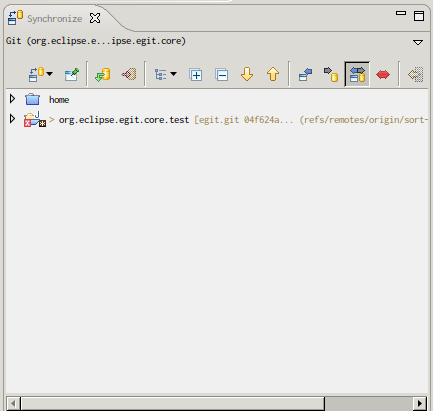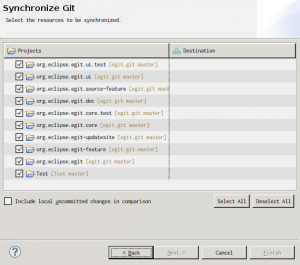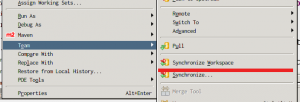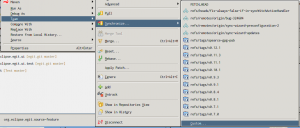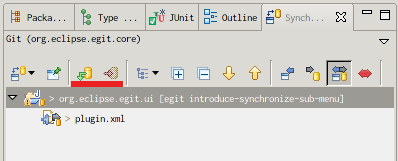So what is “interactive adding” in git? Imagine situation when you change two or three lines in file (this could be also two or three blocks/methods), then you realize that you will want to commit those changes in two (three or more) separate commits.
Here is Al Blue’s description how interactive adding works in native git: Git Tip of the Week: Interactive Adding
What about EGit? Honestly this is currently supported … but it isn’t really straight forward to access. You need to select a file then choose from context menu Team > Compare With > Git Index and then you can easily move changes around, finally when you are happy with both versions (left is working tree and right is one that will be staged/added to index) just save compare editor contents. Version from right hand side will be added to index as it is in this editor.
OK, so now you can easily stage and unstage partial changes … maybe you would also like to partial replace staged changes by version in HEAD? Currently in version 1.1 you can compare version from git index with HEAD version using context menu Team > Compare With > Git Index with HEAD, but you cannot overwrite anything … yet, because (hopefully) in 1.2 such option will be available. Here is patch that adds this functionality (to be honest this is a side effect…).
And what about (my favorite) Synchronize View? Unfortunately EGit 1.1 don’t allow to move any changes in compare editors launched from Synchronize View … but with change mentioned above and with this one both features would be available from Git Commits model (before it was named as Git Change Set model)
Here is a short screen cast that shows how this work:
